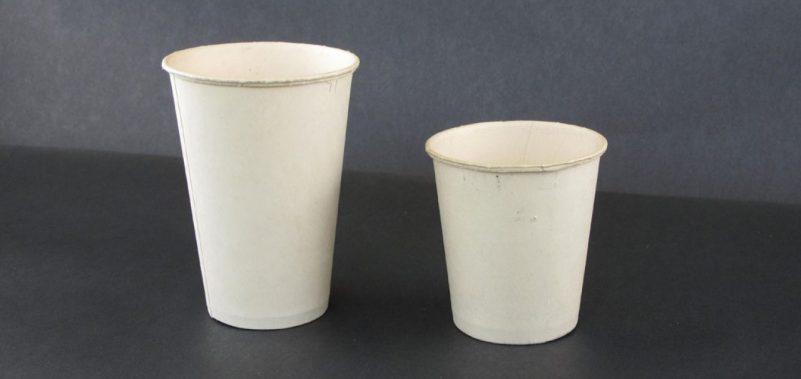
“White is a flesh colored band aid.” From Preston Wilcox’s 1970 cartoon book White Is (Grove Press).
Since its invention in the 1920s, BAND-AID® Brand has sold a wide assortment of adhesive bandages in an astounding array of materials. Yet throughout that long history, color choices have been limited to medical white, a pinkish-beige “suntan” color, nude, or hyper-conspicuous products with trademarked characters and bright colors. When adhesive bandages became a commercial product, these colors suited the default market: white consumers. People of color had to wear light-colored bandages on their darker skin, as seen in the advertisement below from 1979.
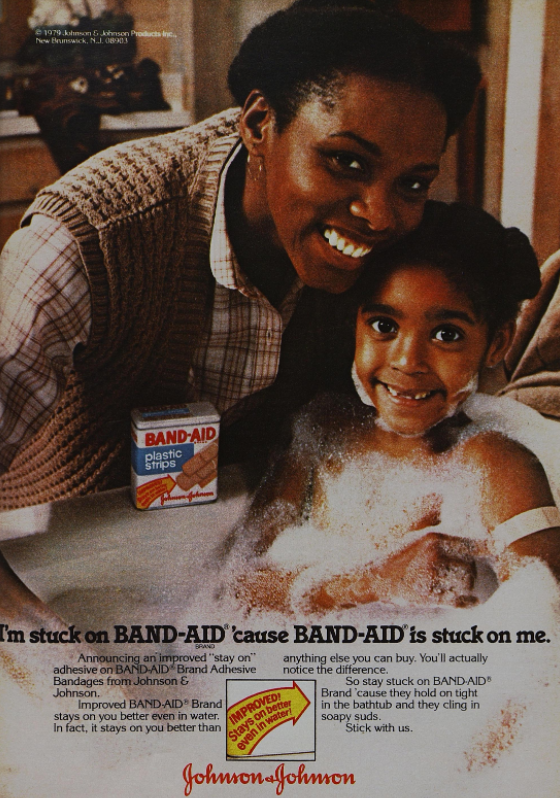
Johnson & Johnson BAND-AID advertisement in Good Housekeeping in 1979 (University of Delaware)
Since non-white consumers only made up a small portion of the market, Johnson & Johnson determined it could not make a profit by producing a product in a range of flesh tones. As major cosmetics companies like CoverGirl and Revlon diversified their skin-tone matching color selections, BAND-AID found a different solution. By the mid-1980s, they developed the “invisible” or clear bandage that could be marketed to both white and non-white consumers without mentioning skin color at all. As the advertisements below show, the same 1986 campaign that ran in both Essence, a black women’s style magazine and Cosmopolitan, a general women’s style magazine.
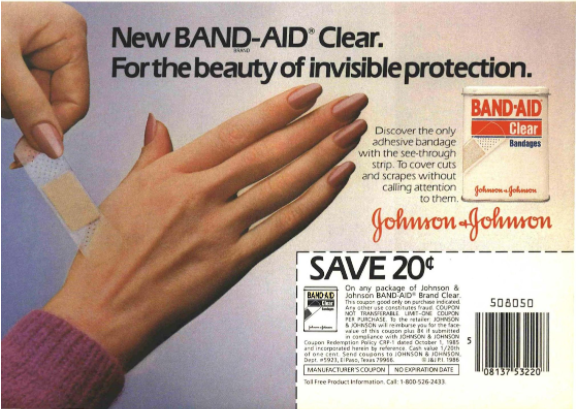
Johnson & Johnson’s BAND-AID advertisement from Cosmopolitan in 1986 (University of Delaware).
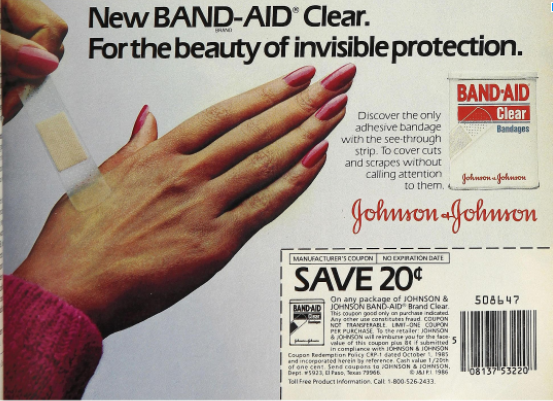
Johnson & Johnson’s BAND-AID advertisement from Essence in 1986 (University of Delaware).
For some entrepreneurs, a clear bandage was not enough to fulfill the demand for an inconspicuous wound cover for people of color. Unfortunately, the products they created to serve people of color are not as readily available to consumers as larger brands. Like Soul-Aid bandages (1970s and 1980s) before it, Tru-Colour Bandages TM (founded in 2013) began as special order product. In 2018, the international chain Target began to carry Tru-Colour in its stores. Still shoppers will find that these “specialty” bandages are more expensive than their “suntan” colored rivals (Target carries Tru-Color at $2.79 for 20 count or $.14 each; BAND-AID Flexible Fabric bandages are $2.79 for 30 or $.09 each).

From target.com.

From target.com
Ebon-Aide bandages were carried in large chain stores like Wal-Mart and Rite-Aid until 2002. The company only sold 20,000 boxes of the million produced. The company’s founder, Michael Panayiotis, states that the product’s failure was due to its placement in the aisles for “ethnic” products and not with other first-aid products, where they would have been easier to find.
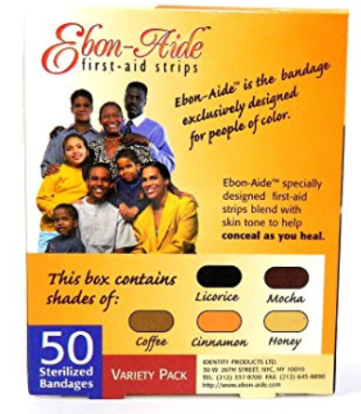
Ebon-Aide First-Aid Strips in a variety of shades that are less visible on darker skin tones. (Amazon.com)
